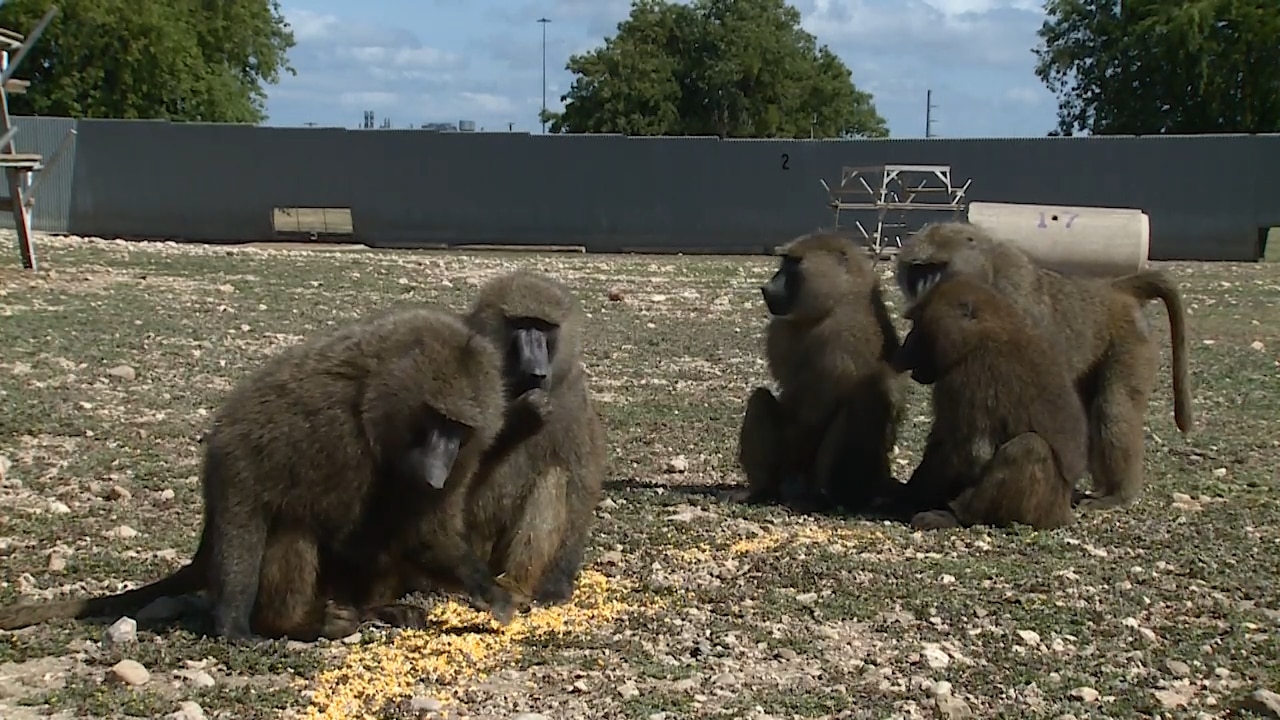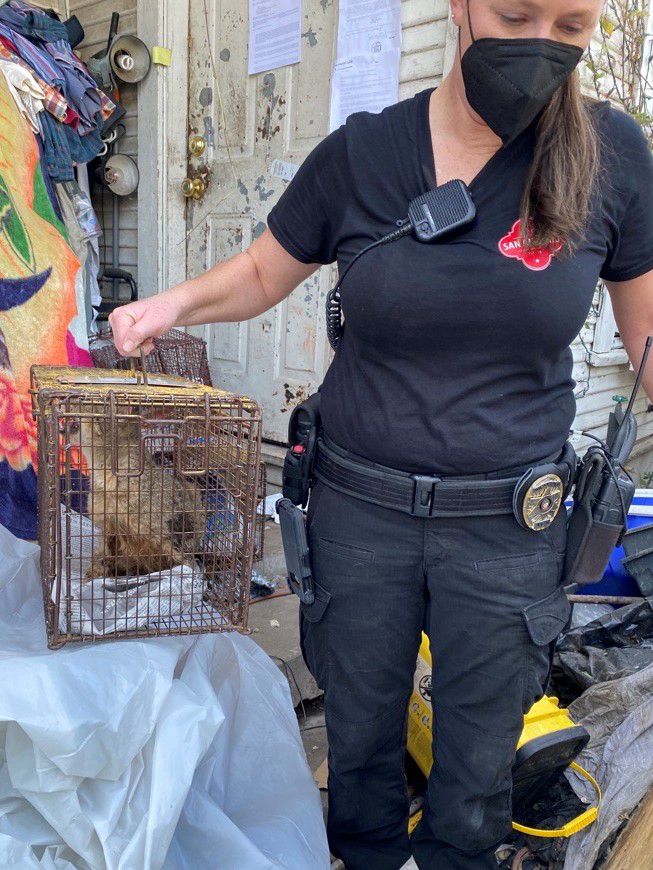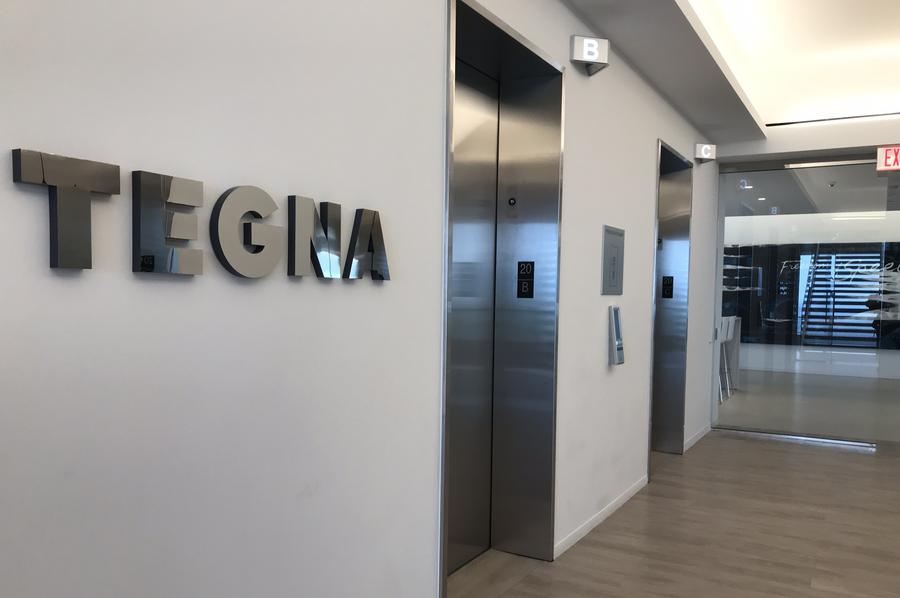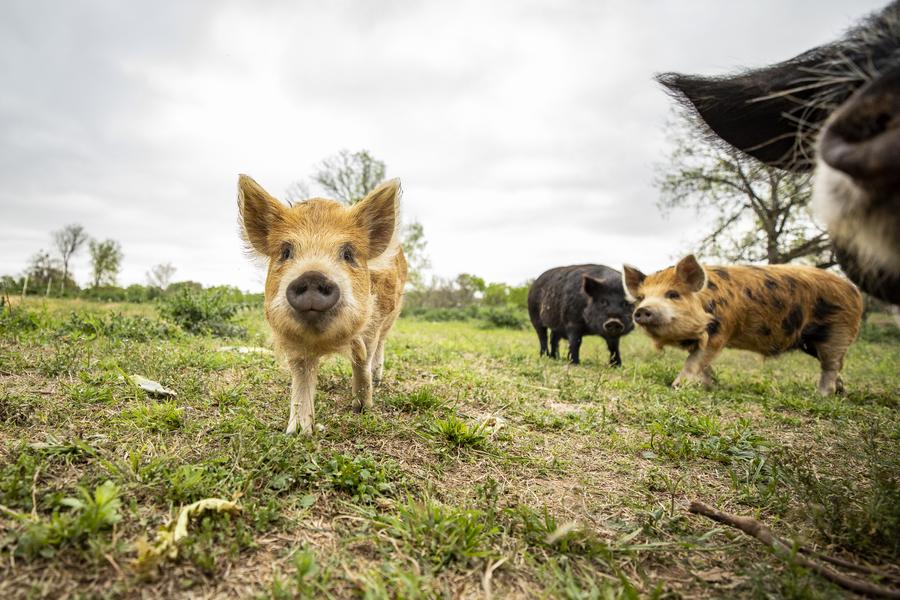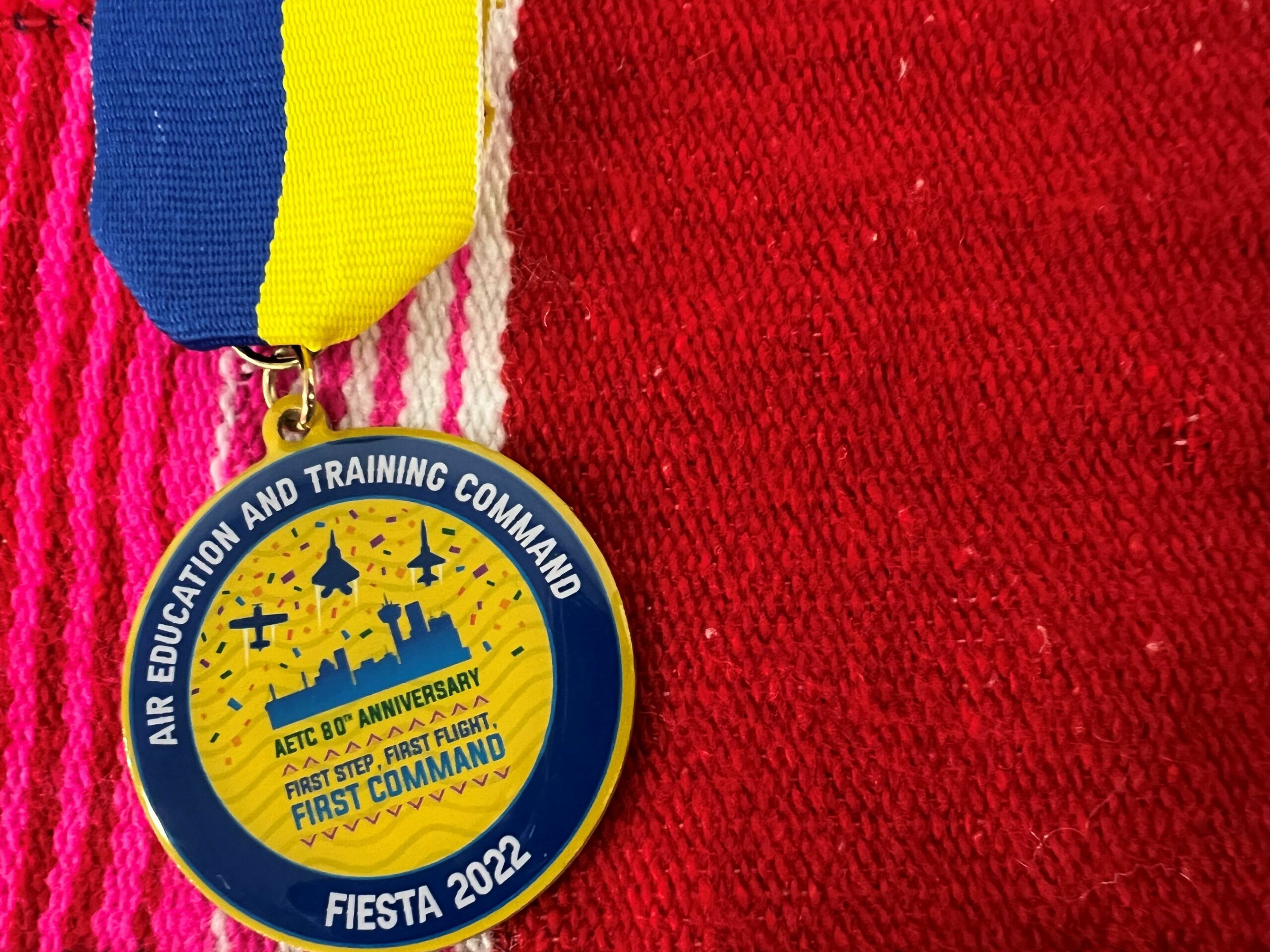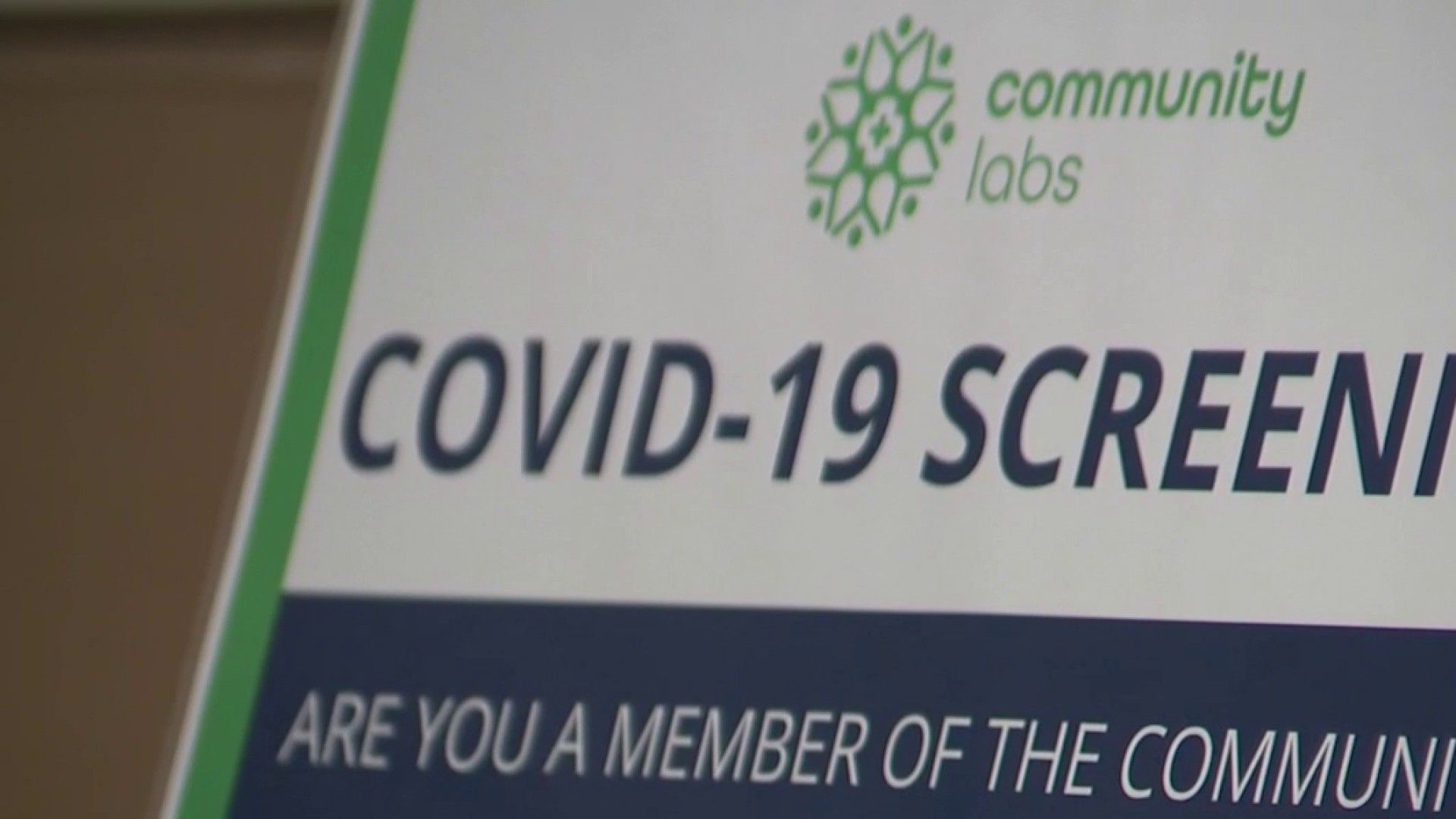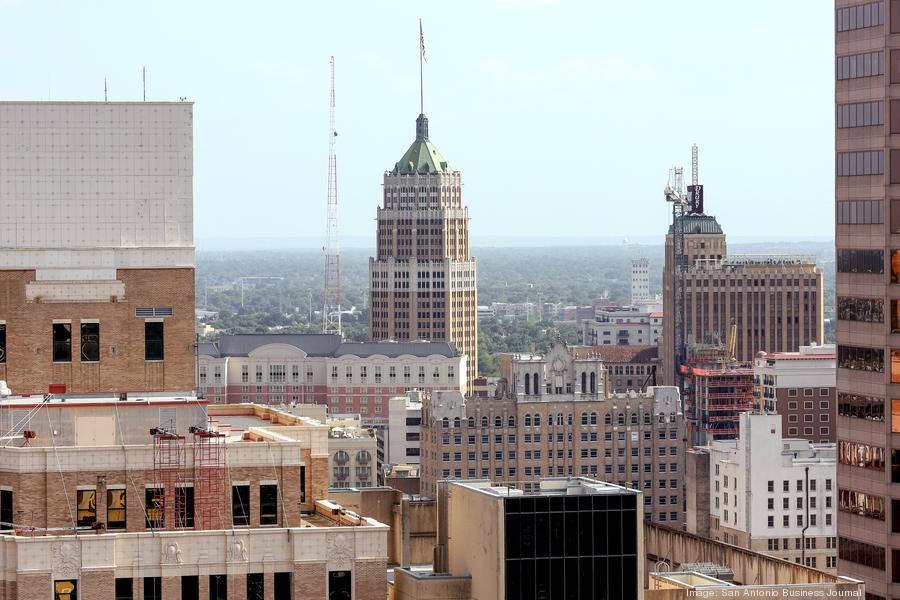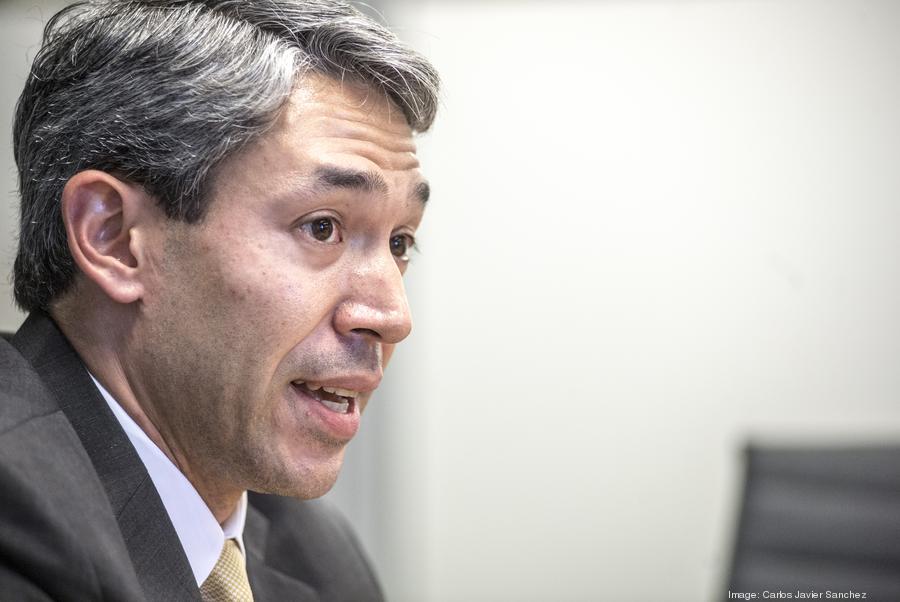Roughly 400 acres are dedicated to science on the Texas Biomedical Research Institute campus on the West Side.
The Southwest National Primate Research Center, part of the Texas Biomed campus, is home to the largest captive baboon colony in the world. Not something you might think about when you’re at the Highway 151 and Loop 410 interchange.
The animals help researchers determine whether a treatment is safe for humans.
In total, the Southwest National Primate Research Center has more than 2,500 primates, including:
Roughly 1,000 baboons38 retired chimpanzeesMore than 900 rhesus macaques300+ marmosetsPlus squirrel monkeys, capuchin monkeys, cynomolgus and pig-tailed macaquesSyrian hamsters, guinea pigs and mice are also part of the research
The baboon coral is a 6-acre open enclosure with 12-foot steel walls.
In the 1970s, a captive breeding program was established in the corral.
“First and foremost, everyone that works with the animals, the priority is animal health and well-being,” says Corinna Ross, associate director of research at Southwest National Primate Research Center, who specializes in marmoset biology.
What’s the environment like?
“We have people that specialize in making sure their nutrition is correct and varied,” Ross added. “They don’t just get the same thing every day. They get a variety of veggies and fruits and things, just like people do.”
Behavioral specialists make sure the primates socialize while enrichment teams focus on making sure the animals don’t get bored.
The primates have access to things like puzzles, music, and television. But, of course, the animals aren’t kept at the center for play.
“We can’t just replicate things on a computer or a dish. We need to understand how the systems interact with each other, and that’s where animals come in,” said Ross. “Their systems are very similar to ours, and if we can figure it out in them, it’ll help us figure it out in us.”
Joanne Turner, vice president of research at Texas Biomed, said the animals help with determining if something is safe for humans.
“Human trials are really good,” said Turner. “But before the human trials, you have to make sure something is safe and effective in animals so that we know it’s going to be safe when we put it into humans.”
COVID-19 is the most recent, but animal testing has contributed to countless medical breakthroughs
When the pandemic hit, Texas Biomed shifted everything to focus on discovering how COVID-19 affects animals to understand how it impacts us.
Primates most closely mirror humans.
“What we discovered is when you infect them, they develop fever, some weight loss and pneumonia, usually within just a few days of the virus, and then they recover,” said Dr. Larry Schlesinger, president and CEO of Texas Biomed. “So it’s actually a model of mild to moderate, not severe, COVID.”
“We know that there’s a huge amount of inflammation during this infection that is almost as bad as the infection,” Turner said. “So that we learned from animal models as well.”
Then, Pfizer called. The company needed to study its COVID-19 vaccine in animals before human clinical trials could begin.
“We have a comparator group — the control group — that gets a shot with no vaccine and a group that gets the vaccine,” said Schlesinger. “We infect them, and we’re able to see whether the vaccine protects.”
“Historically, animals have contributed… to all of the vaccine development,” said Ross. “From polio and smallpox, all the way up to the most current, which was COVID.”
Yet animal contributions aren’t limited to vaccines. They’ve played a role in countless medical breakthroughs.
“Primates have contributed to how we understand what happens when infants are born prematurely,” added Ross. “In the NICU, development and the use of Surfactant, which saved my daughter, and the use of ventilation systems, which also saved my daughter — those didn’t exist, and they wouldn’t exist without animal research.”
Schlesinger said animal research helped during the Ebola outbreaks.
“And in the case of Ebola, we were able to, through our research in the animals, by the way, make progress on therapies and vaccines in the institute,” Schlesinger said.
Another reason animals are good test subjects? They live in a controlled environment. Researchers know their habits, such as how they sleep and what they eat. (They don’t sneak off to eat french fries like some humans.)
Ethical concerns
But it is not without scrutiny for all the good that animal research has done.
“I don’t want to even say what the critics say we’re doing because it’s so awful, and we don’t do those things,” Ross said.
Whether or not the debate surrounding animal research is a topic that interests you, you’ve likely heard the claims that animals are treated inhumanely in testing facilities or that the idea of testing anything on a living being that cannot consent to that testing is unethical or immoral.
Those are some of the concerns we heard from right here in San Antonio as the city council considered whether to give Texas Biomed public funding.
“The City of San Antonio should not be subsidizing the kind of animal cruelty inherent in animal testing,” said one woman in December 2021 in front of city leaders.
In February, another woman speaking before the city council echoed by saying, “In a not so distant future, we will look back in horror at what we’ve done to other beings with the capacity to feel pain, love their families, desire freedom, and know what is happening to them is not right.”
A possible solution
How do researchers continue to innovate to create safe and effective medical treatments without testing them on animals first? A solution may already be in the works.
“We are really working a lot on engineering these in-vitro models of human tissues and organs,” said Shrike Zhang, a bioengineer and assistant professor at Harvard Medical School. “Basically, how to recapitulate the structures and functions of human tissues and organs outside of human bodies.”
Zhang sees both sides: the incredible medical advancements made possible by animal modeling and the ethical dilemmas associated with the practice. It’s part of the reason why he is working on alternatives in the field of bioprinting.
Think of bioprinting as an extension of 3D printing. But instead of creating something 3D using a material like plastic, bioprinting uses biomaterial, which could include human cells.
What’s printed? Organs, or parts of them.
And that’s not the only potential alternative to animal testing. Another is creating human tissues on a chip.
“That is, to begin to recapitulate lungs, liver, spleens by adult stem cells and add some other cells in a matrix and develop some models that could eventually allow us to move to human trials without animals,” said Schlesinger.
Zhang said a lot of work has gone into building these chip devices.
“People have been working extensively on these so-called ‘organ chip devices,’” Zhang said. “These are little, kind of microfluidic chip devices that are allowing a lot of the dynamic micro-environments to be created.”
They’re dynamic in the sense that they work. For example, parts of lungs or blood vessels recreated on a chip can expand and contract. Scientists can see how organs and tissues interact.
It gives researchers a way — outside the human body or that of animals — to discover how diseases and treatments affect the inside of a body.
“The reason why we’re doing this in-vitro kind of modeling is to really to, of course, at some point eliminate some of the animal studies in certain kinds of areas and also reduce the animal use for some other areas,” Zhang said.
New technologies still very much under research
Zhang points out that printing something as complex as a fully functioning kidney or heart, for example, hasn’t been done yet. But the potential is there.
“I think with the technology that we have right now, I’d say animals are probably essential for some of this development, such as a vaccine that we have been working on in the past year or two,” Zhang said.
Schlesinger says more research is to come, but it won’t be a quick process.
“There’s future science coming down the pike,” Schlesinger said. “It takes time. Science takes time.”
Humans and animals alike can hope to benefit from these new scientific discoveries.
Discover more KSAT Explains stories by clicking here.

